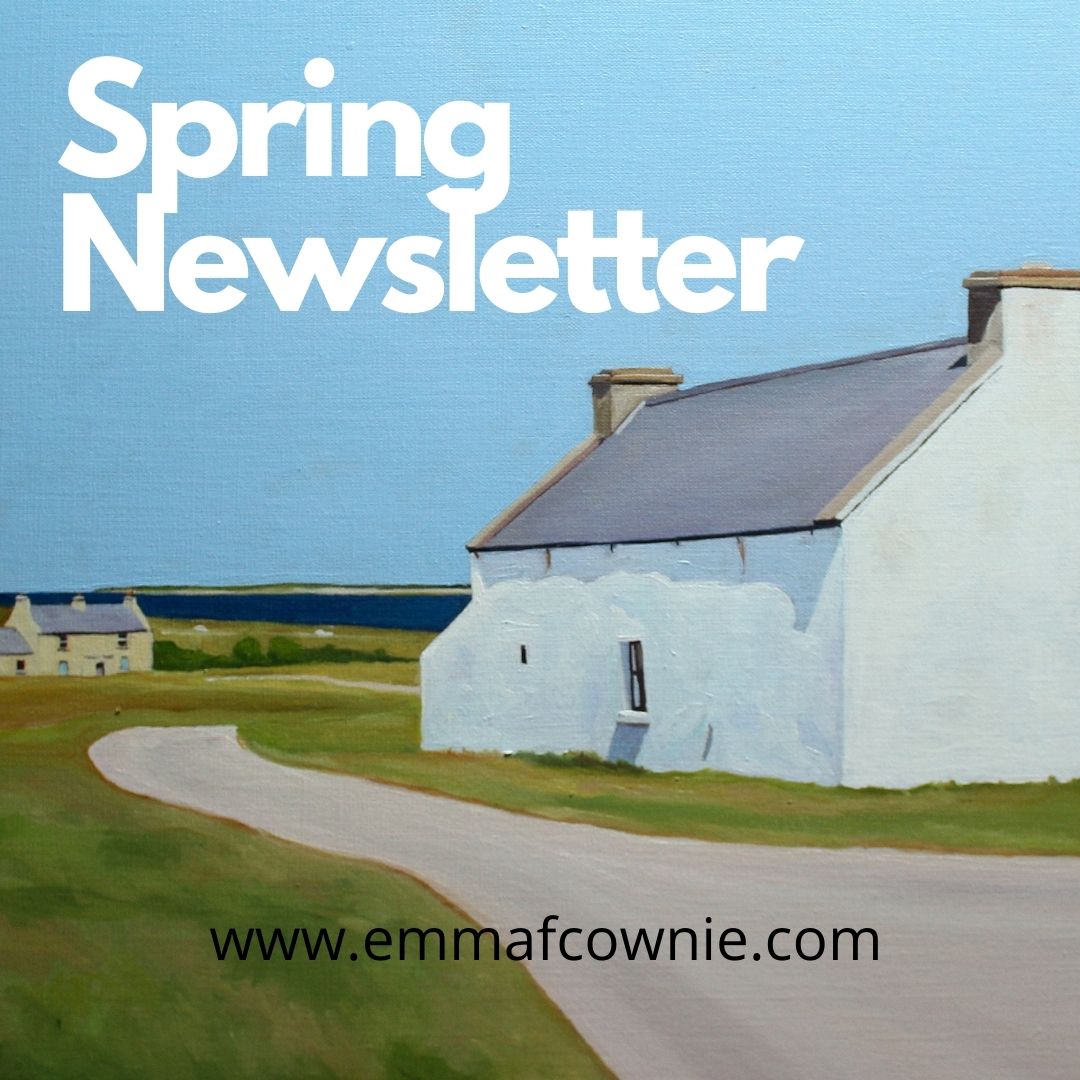
Northern Ireland’s Tourism is very impressive. At Whiterocks Beach, just along from Portrush, there is not one, not two but three small carparks and a public toilets which are all free to use.

What’s more, there’s another car parks specially for horses and their horseboxes. I will point out though, that there is height restriction barrier on the carpark closest to the beach. I watched the driver of a car with bikes propped up on its roof rack stop, consider getting them knocked off by a bar and then reverse away to park just outside the carpark.
The beach is stunning. Very, very long at three miles. It had the softest sand that made us super tired the next day.


The cliffs here are unusual as they are made of chalk – Cretaceous Chalk, which is soft – whereas most of the causeway coast is made of basalt which was spewed out of volcanoes. The basalt headlands are dark grey and contrast with the luminescence of these chalk cliffs.
If you look at the geological map (below) you can see the top right-hand corner of Ireland is coloured dark red for volcanic rock. Don’t get excited, Mount Slemish the closest volcano (near Ballycastle) is extinct. Apparently the last eruption was approximately 60 million years ago. It’s a wonderful word to roll around the mouth – Slemish or Slieve Mish, means Mis’s mountain in Irish. It is where the young St Patrick was a slave and made herd sheep. It is also where he found God.
BGS Map of British Isles
The cliffs along Whiterocks Beach are dotted with lots of interesting geological landforms – cliffs, shore platforms, caves, arches, and sea stacks. The eroding power of the pounding sea on the chlak rocks is well illustrated. It’s a living geology lesson!



You can see the rocks change at Dunluce. The soft white chalk cliffs are replaced by grey basalt rocks that plunges 30 foot down to the sea. Erosion is taking place along these cliffs too,. The north walls of the castle (that’s the far side from this angle) fell into the sea in the C18th.

Further along the beach, at Magheracross, just before Dunluce, there is a carpark with viewing platform so vistors can admire the stunning seastacks below. There are several pull-in points along this road. It makes stopping to look at the heart-stoppingly beautiful views, or take a photo, a lot less hazardous to tourists and passing traffic.


There is another viewing platform looking out east towards Dunluce castle (partially hiden by the headland).  Dunluce Castle (just) peepng around the corner
Dunluce Castle (just) peepng around the corner
Dunluce Castle is a location which is genuiunely iconic. Yes, it’s a very over-used term but the causeway coast contains several iconic locations that are instantly recognisable including Mussenden Temple and the Giant’s Causeway itself. Both of which are looked after by the National Trust. Dunluce Castle is owned by the MacDonnell family, although it is in the care of the Northern Ireland Environment Agency.
If you are a fan of the epic Game of Thrones you may think there is something familar about Dunluce – it was used as Castle Greyjoy although modified with CGI.


Dunluce is a beautiful ruin. Although it was founded in C13th, what you can see is largely the remains of the castle that was mostly built in the C16th. The first documented owners of the castle were the MacQuillans but it was taken over by the MacDonnells in the 1550s, Scottish settlers descended from the Scottish Clan MacDonald, after numerous battles. The Scottish Isles are very close. On a clear day you can see across the North Channel to Mull of Kintyre and the Isles of Jura and Islay.
Sorley Boy MacDonnell developed Dunluce Castle in the Scottish style, paying for the refurbishments through the looting of the Girona, a gallion from ill-fated Spanish Armada, which was wrecked in a storm on Lacada Point, further along the coast. The cannons of the ship were kept and can still be found in the Gatehouse today.


I was intrigued to read that there used to be a town next to the castle of Dunluce but it was destroyed during the Irish uprising of c.1641. What does not survive in the present day can be as intriguing as what does survive. It had been home to maybe as many as 300 Scottish settlers. In 1642 a contingent of Irish rebels attempted to capture the nearby castle, but were repulsed and as they retreated they set fire to the town. Badly damaged, the settlement never fully recovered and by 1680 it was abandoned. There was nothing but fields there now. 
Artists impression of what the 17th century town may have looked like (by Philip Armstrong and ©Northern Ireland Environment Agency)
Sadly, we did not get to visit the castle itself as the car park was full (they only had the one). It’s just an excuse to go back when it’s not a bank holiday!
Find out More
https://www.causewaycoastandglens.gov.uk/see-do/beaches/whiterocks-portrush
https://www.causewaycoast.holiday/locations/whiterocks-portrush
Dunluce Castle, Northern Ireland – Epic Medieval Castle on the Cliffs































































































